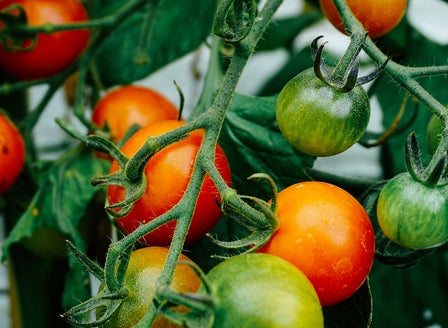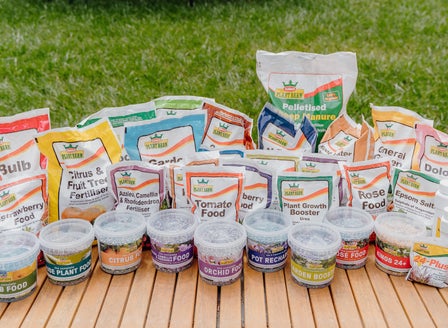Beans taste so much better when harvested from your own veggie patch. Relatively easy to grow, they don't need a lot of space and can provide you with crisp fresh beans for a extended period.
Planting Calendar
Beans can be planted from spring to late summer, although broad beans need to be sown in autumn.
Harvest In
60-80 days
Regular harvesting will encourage the production of more flowers and beans.
Prepare
Position
Beans prefer a sunny situation, preferably with some shelter from high winds, as the leaves are prone to wind damage. For climbing beans provide some sort of climbing frame. A teepee tower made out of bamboo stakes works well. Dwarf varieties no not need staking, and can be grown in pots.
Soil
When planted into the ground, beans like a free draining soil that is rich in organic matter. To improve the organic content in your soil, break up the soil and add Kings Compost, Kings Sheep Pellets along with some Nature's Organic fertiliser then mix together well. When growing in containers, plant into Living Earth Organic Vegetable Mix with Saturaid added to assist with dispersing water down to the roots.
Pollination
Many varieties of beans need bees for pollination, plant some bee attracting companion plants alongside your beans, such as borage, lavender, rosemary, thyme or catmint.
Plant
Beans are best grown from seed sown directly into a well-prepared soil after all chance of frosts have passed. Stagger your planting by a couple of weeks if you want to grow a crop through to autumn. Space your seeds 20-30cm apart. Its is best to install a growing frame at time of planting.
Care
Watering
Aim to keep the soil evenly moist, water slowly allowing the water to sink down into the roots, rather than allowing it to run off the top of the soil surface. Add Saturaid into the soil at planting as this will help channel the water deep down into the root zone.
Feeding
When planted in the ground liquid feed every month with Aquaticus Garden Booster, this encourages root growth and increases the microbial activity in the soil. Monthly applications of Kings Sheep Pellets will help with soil conditioning and plant health. If planted into a container, feed with Kings Liquid Fast Food along with monthly applications of Aquaticus Organic Garden Booster this encourages strong roots and a healthy immune system.
Protecting
Protect your juicy seedlings from slugs and snails with Quash. Cover broad beans with bird netting to keep birds away.
Mulching
Mulch around the base of the plants (make sure that the mulch does not come into direct contact with the stem of the plant) with Living Earth More than Mulch. Mulching helps to reduce weeds as well as aiding the soil to retain moisture.
Spraying
Thrips, mite and green shield beetle can be an issue when growing beans. Spray with Nature's Way Organic Citrus, Veggie and Ornamental insect spray. Remember spraying for prevention is more effective than spraying for cure.
Pruning
No pruning should be needed. Just remove any damaged leaves.
General Care
When using sprays, chemicals or fertilisers always read the label and follow the instructions. Apply sprays in the evening to avoid harming beneficial insects.
Expert Tip
Water beans regularly, if they become heat-stressed they'll stop producing. Heat stress also makes them more vulnerable to sap-sucking pests such as aphids and green shield beetle.
Frequently Asked Questions
How do you know when beans are ready to harvest?
When they have plump pods that are crisp and green. The beans inside should be fully formed and have a slight give when pressed.
Do beans need support?
Some varieties of beans, such as pole beans, require a support system like a trellis or a stake to climb. Bush beans, however, do not require any support.
How deep should beans be planted?
Beans should be planted about 2.5cm deep.


